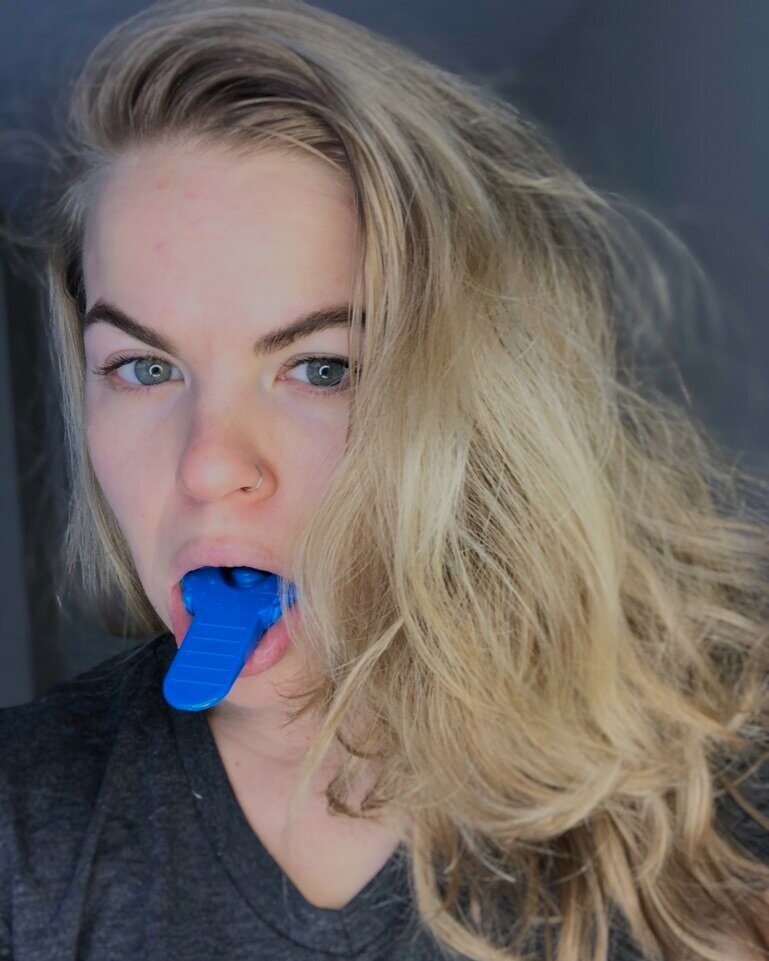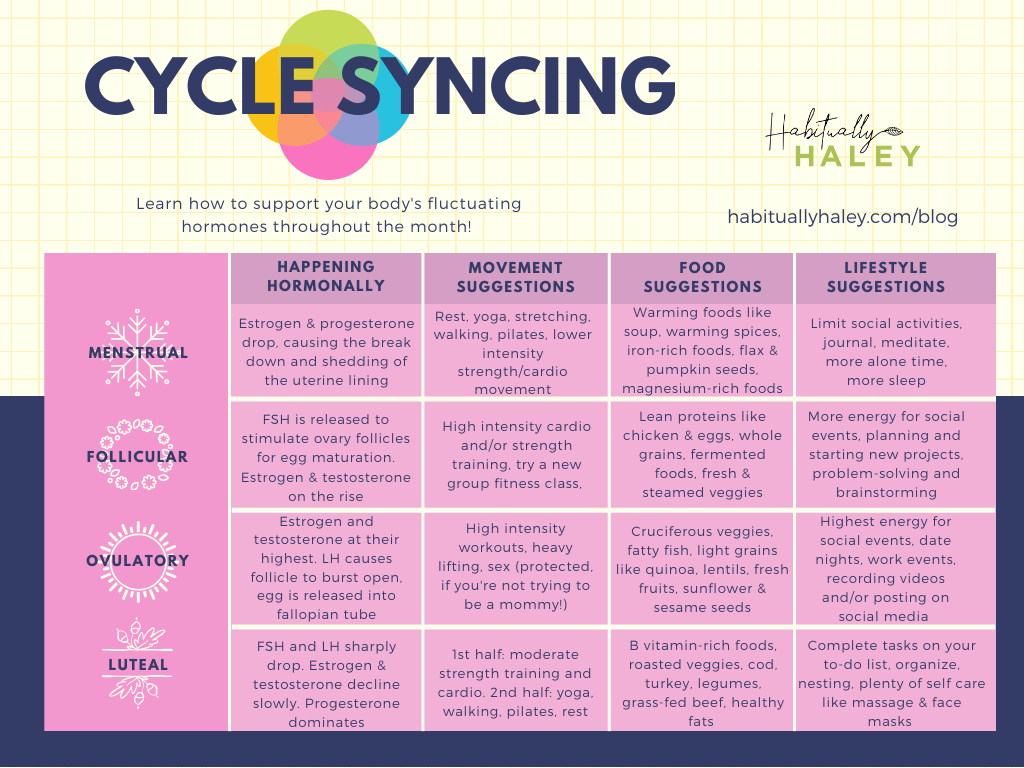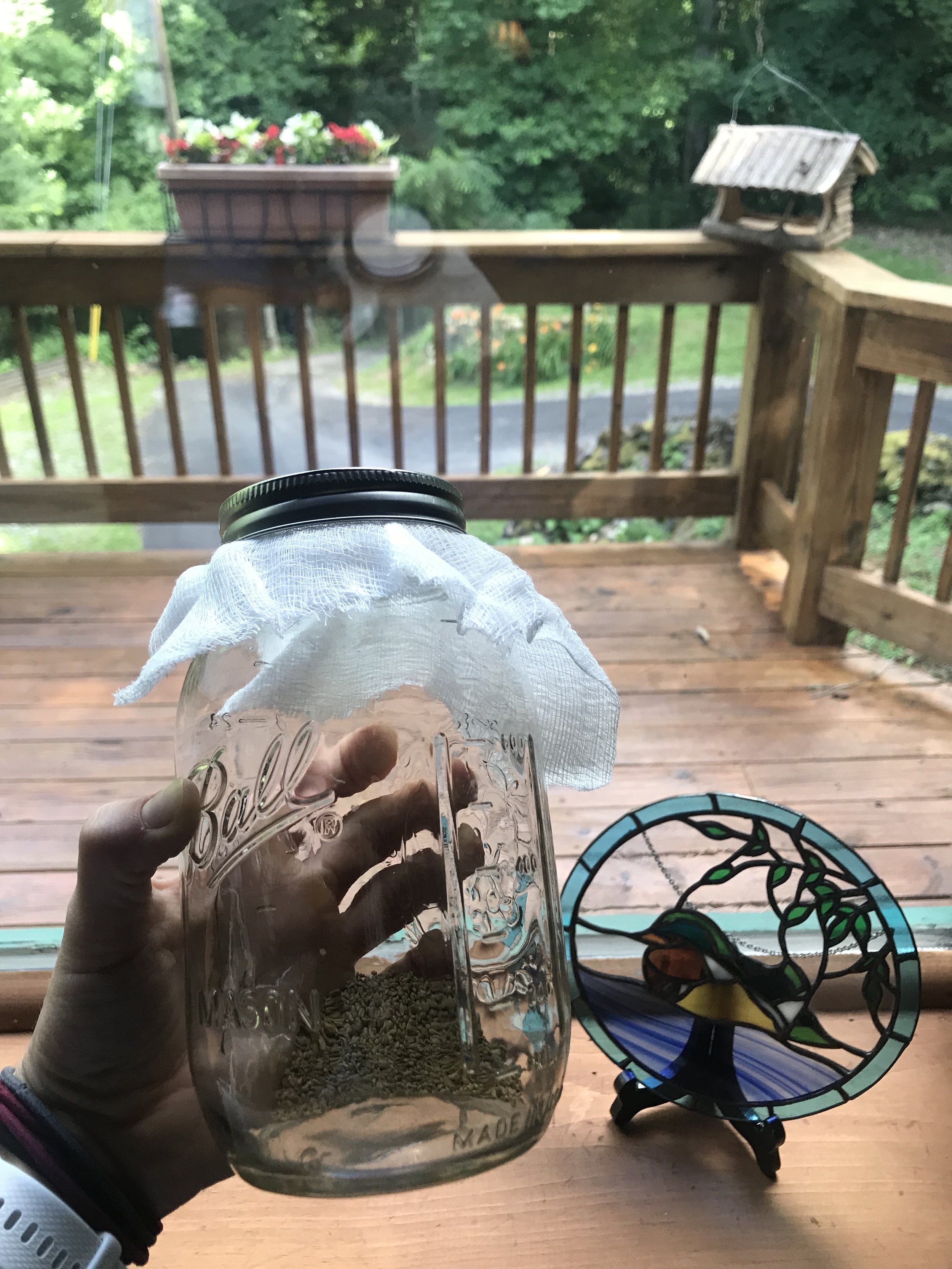I Tried the Smile Brilliant Teeth Whitening Kit
If you’ve been following me on Instagram for a while, you know that ya girl frequently asks for recommendations on products…especially when it comes to products for the face. A few months back, I threw out a question on my IG story basically asking, “how the heck do some of you people have bleach white teeth?!” Though flossing and an electric toothbrush were a common answer, many of my followers with pearly whites replied that they had done some type of professional whitening. So you can imagine my excitement when Smile Brilliant reached out to me about a collaboration only weeks later!
Up until now, I’ve never whitened my teeth and I certainly wouldn’t be keen on visiting a dentist ($$$$) for the kind of professional whitening that I was fortunate enough to receive at home with Smile Brilliant. The process was easy, interesting, and something I’d recommend to anyone hoping for a brighter smile at a reasonable price. Best part? It’s all done in the comfort of your own home, something that was especially essential for quarantine times during this COVID-19 situation.
THe process and how it works
Whitening systems like Smile Brilliant’s help remove stains on your teeth to restore them back to their natural color, rather than the more dangerous method of bleaching — one that can strip enamel and be more painful for a lot of folks. (That’s typically what you’re getting with whitening strips.)
Creating my molds for the customized trays!
The kit comes with molds that you use to create impressions for trays that will fit your mouth perfectly, which makes the daily whitening process really simple and comfortable. After you send in your impressions, Smile Brilliant promptly sends back the custom-fit whitening trays to begin the whitening journey. I typically used the product at night after dinner while I watched TV, read, or worked on projects, but the trays fit so well that it’d be no problem to do this while working, since you can’t really tell that they’re in your mouth; you just want to make sure you’re not eating for a while after you use it. This ended up being an added bonus because it kept me from snacking late at night!
What I really loved about this system was the desensitizing gel. Based on what I’ve heard from other people about certain whitening products, the whitening agents can really leave your teeth and gums in pain, especially if you’ve had a lot of fillings, other dental work, or have any gum issues. Though I did have a little bit of discomfort at the beginning because I had my fair share of fillings as a sugar-addicted American child, the desensitizing gel was amazing at counteracting those sensitivities.
After I put the whitening gel in the trays and kept them in for anywhere between 45 minutes to 3 hours, I’d brush (sans toothpaste) and then apply the desensitizing gel to the tray, keeping that on for about 20 minutes. This step was crucial and allowed me to do the whitening daily, rather than taking some time between each session to deal with the pain often associated with whitening.
RESULTS
Of course, what you’ve all been waiting for…did it work??? I was so pleasantly surprised with the results from Smile Brilliant! The left sides of these collages show the before, right sides are my teeth after about 10 whitening sessions. Check it out:
Overall, I couldn’t have asked for a better experience with this company and product. I’m thankful to Smile Brilliant for this opportunity and the brighter smile that I’m flashing now. I feel so much more confident in my smile that I’ve actually been taking open-mouthed smiling pictures! Truthfully, I’ve been smiling with my mouth closed for so many years that it was hard to find any before pictures of my teeth, besides the ones that I took specifically for this reason. I look forward to doing this process again soon now that I know how easy and effective it is!
If you’re looking for a brilliant smile and the boost of confidence that comes with it, you can grab your own at-home whitening kit right now, HERE for 15% off using the code habituallyhaley15.
And be sure to enter this giveaway — one of my readers is about to be blessed up and WIN their very own kit!


















